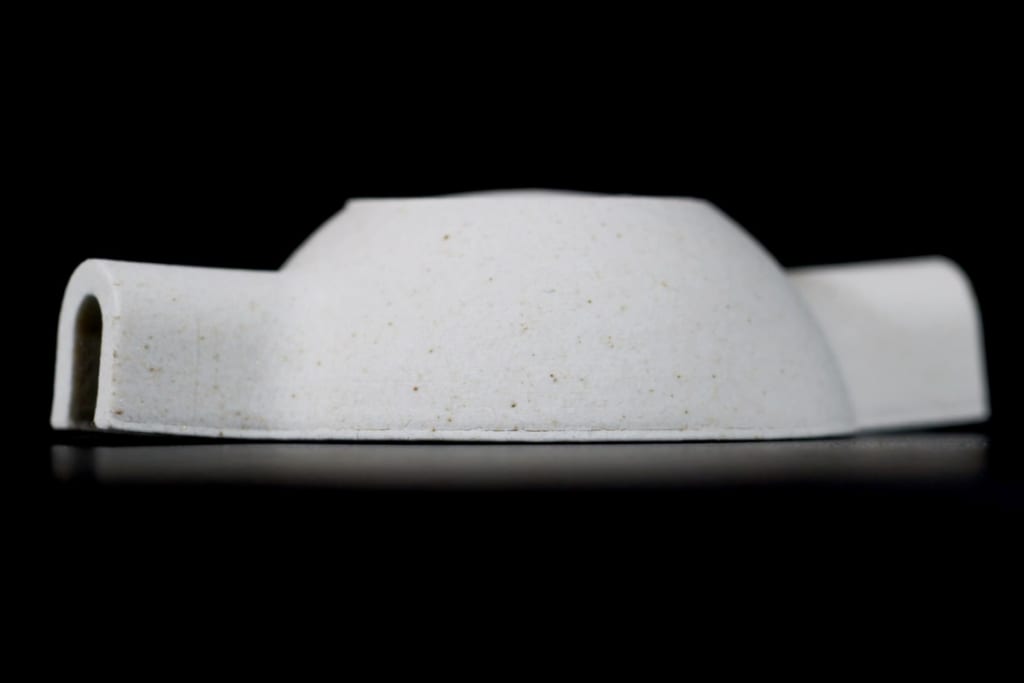With Artemis missions closer to re-establishing a human presence on the Moon for the first time since 1972, NASA is hungry for innovative technologies to help moonwalkers explore the lunar surface better than ever before. However, increasingly complex missions demand discoveries and advanced technologies to help humans learn and live on the lunar territory. For years, NASA has been fostering innovation by funding student-led research and technology development projects in areas important to the agency’s mission.
At Florida International University (FIU), the NASA connection runs deep. Many students intern at NASA every year, and astronauts train at FIU’s Aquarius Reef Base in the Florida Keys. Back in 2019, the agency awarded FIU’s Center for Research and Education in 2D Optoelectronics (CRE2DO) $3 million for research creating materials that can withstand the extreme environment of space. Later, the university received at least another $8 million in grants to increase diversity and inclusion in cutting-edge research from NASA and the National Science Foundation (NSF).
At FIU’s labs, studies are being done on space-resilient infrastructure materials, communication devices, and small satellite technology. This month, FIU revealed that one of its graduate students, Brandon Aguiar, is researching material that could be the backbone of interstellar engineering.
A graduate research assistant at FIU’s Plasma Forming Lab, Aguiar says he has spent plenty of late nights and done countless experiments to advance 3D printing techniques to create durable structures out of lunar regolith, including a complex cube, solid rectangles, block lettering, lattice structure, and scale model lunar habitats with archways and other curved surfaces.
To help develop sustainable lunar infrastructures, Aguiar, like many other researchers, believes in-situ resource utilization (ISRU) holds the key to humanity’s future and survival in space. For his project, Aguiar uses a lunar regolith simulant provided by NASA called Greenland Anorthosite, similar to the rock astronauts collected from the Moon in the early years of American space exploration. First, by mixing the dust with a photocurable thermoset polymer resin from Tethon 3D, Aguiar binds the small rocks together to create a slurry. Next, the material is 3D printed using Tethon 3D’s Bison 1000 DLP (Digital Light Processing) into several complex and intricate geometries. Finally, he puts the structure through a furnace to acquire the desired shape and to burn away the resin.
Last February, Aguiar and fellow researchers published the results of their work in the journal Ceramics International. The paper “In-situ resource utilization of lunar highlands regolith via additive manufacturing using digital light processing” states that several samples with high dimensional accuracy were printed and sintered with no signs of deformation.
Until today, no research has been conducted on 3D printing Greenland Anorthosite lunar regolith parts. However, the lower propensity of the part to change with temperature insinuates that “a structure built out of Greenland regolith would sustain when exposed to the lunar temperature range, from coldest to hottest.”
Now, the College of Engineering and Computing student is focused on getting his 3D printed objects to withstand all the perils of the Moon, including radiation, asteroids, and temperature swings.
Aguiar, who works under the guidance of engineering experts at FIU’s Plasma Forming Lab and the supervision of Chair and Distinguished FIU Professor Arvind Agarwal, has followed in the footsteps of FIU doctoral student Kazue Orikasa, who is now researching how plastics could be used to protect technology in space. Orikasa was recently awarded the NASA Space Technology Graduate Research Opportunities (NSTGRO) fellowship, and her senior year research was the basis for Aguiar’s 3D printed lunar dust project.
Like Aguiar, Kazue also works in the FIU Plasma Forming Lab under the supervision of Agarwal and is now collaborating with leading engineers and scientists at NASA to develop 1D and 2D material-polymer composites for improving mechanical, thermal, and radiation shielding properties.
With Artemis missions on the horizon, NASA has reignited interest in Moon exploration and is inspiring the next generation of scientists to innovate. Students like Kazue and Aguiar are passionate about off-Earth exploration and are proving it through their research and interest in space technologies.
